

|
Nanotechnology - Magnetism and PlasmonicsIntroduction and historyI made a big change in research interest in the second half of 2016 when I got a great job opportunity in the newly forming research group of dr. Uhlíř at new prestigious institute CEITEC BUT. Since that time I was fully focusing on research field Nanotechnology and Magnetism. I was working as Junior researcher - Postdoc in research groups of Ing. Vojtěch Uhlíř, Ph.D. (Nanomagnetism and Spintronics and prof. RNDr. Tomáš Šikola, CSc. (Fabrication and Characterisation of Nanostructures, in this group before the separation of dr. Uhlíř's group). Since the half of 2018, I took another research oportunity at CEITEC BUT (still as a Junior researcher), in Plasmonics group of prof. RNDr. Tomáš Šikola, CSc. My actual research is oriented towards production of platforms for nanopore membrane sensing (preparation and characterization of nanopore-chips). From the beginning of my time in CEITEC BUT I was taking care about VSM measurements of the studied alloy (FeRh) at Cryogenic instrument which I was also guarantor for 2 years. During time, other techniques for preparation of samples (Magnetron sputtering, Electron Beam evaporation, Electron Beam Lithography, Reactive Ion Etching, BOE etching), their characterization (SEM imaging, EDX, transport measurements, spectroscopic reflectometry) and analysis (Atomic and Magnetic Force microscopy) were added. Vibrating Sample Magnetometry and Transport measurements in Mini Cryogen-free Magnet System, Cryogenic Ltd.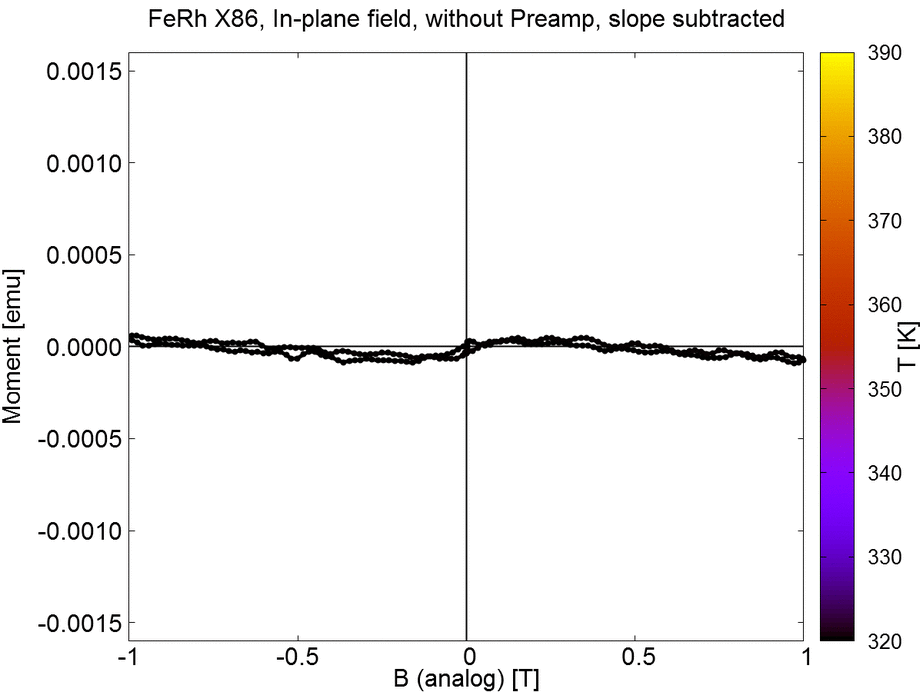
The Vibrating Sample Magnetometry (VSM) is the first experimental techique I was familiar at CEITEC BUT with (Mini Cryogen-free Magnet System, Cryogenic Ltd.). 1) I was taking care about the high accurate VSM measurements of deposited FeRh samples or other magnetic materials. 2) Usually, I measured temperature or magnetic field dependencies of magnetic moment in T = 300 - 400 K and B = 0 - 1 T. The whole range 2 - 400 K, 0 - 9 T was also used. 3) After some time I started with transport measurements using the same Cryogenic instrument as another characterization technique. In addition, I was taking care about the Cryogenic instrument for 2 years (as the most frequent user), which including: 1) Ordinary or random maintenances. 2) Warming up or cooling down the system in case of planned or accidental shutdowns (e.g. Black-out). 3) Helping the new users with their measurements and I gave them training too. History of the instrument is put for technical purposes here. 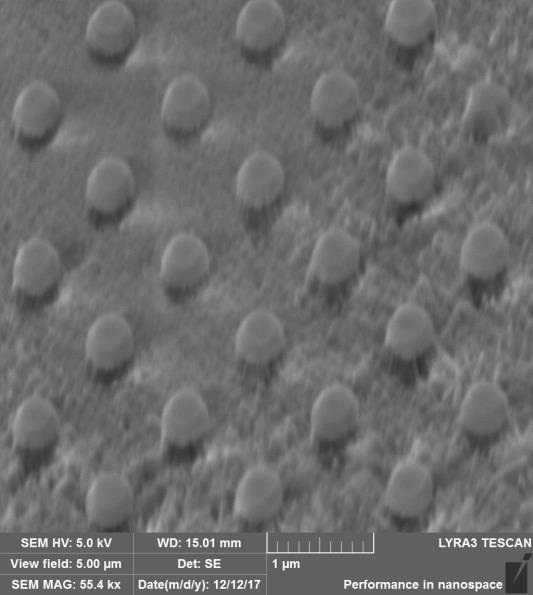
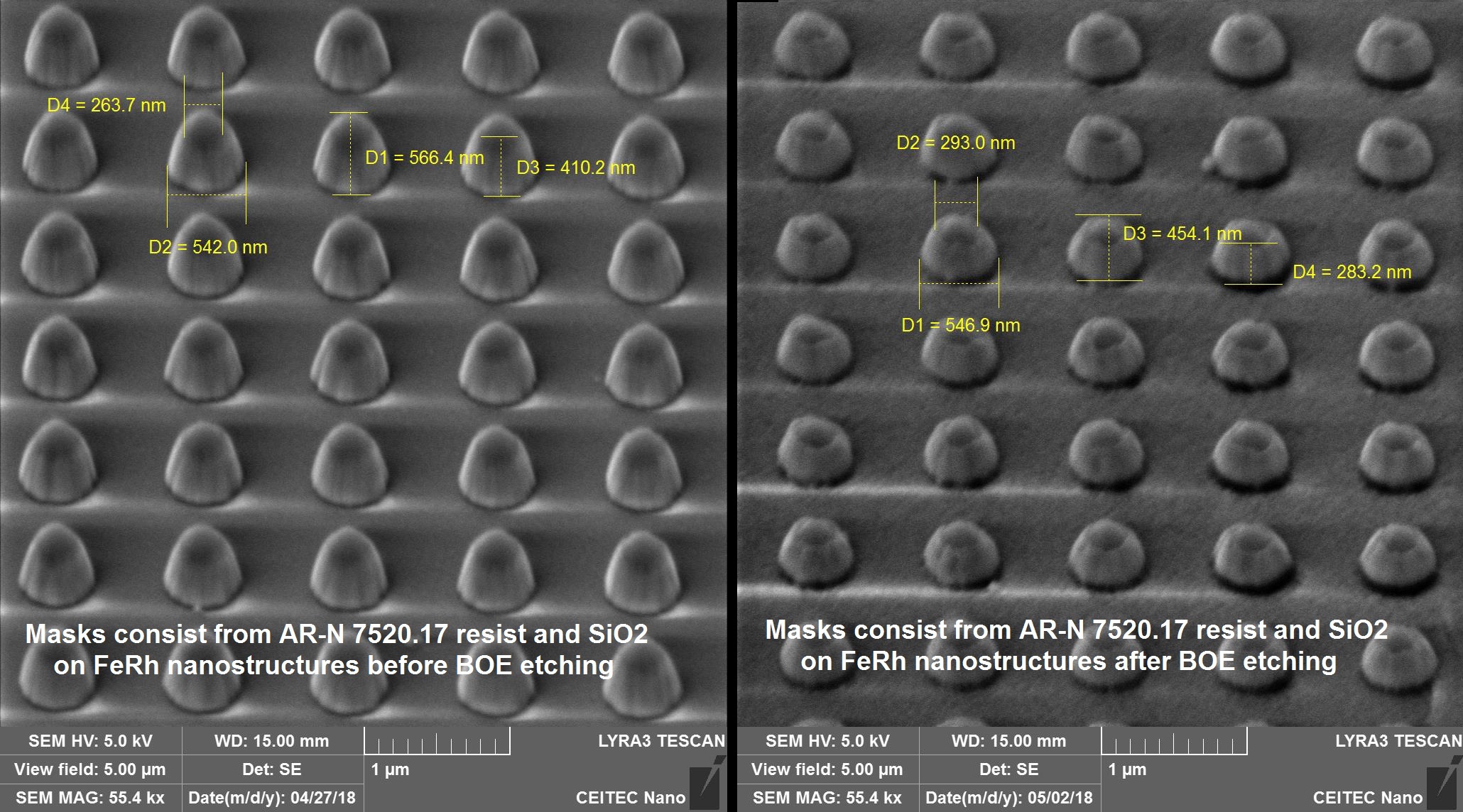
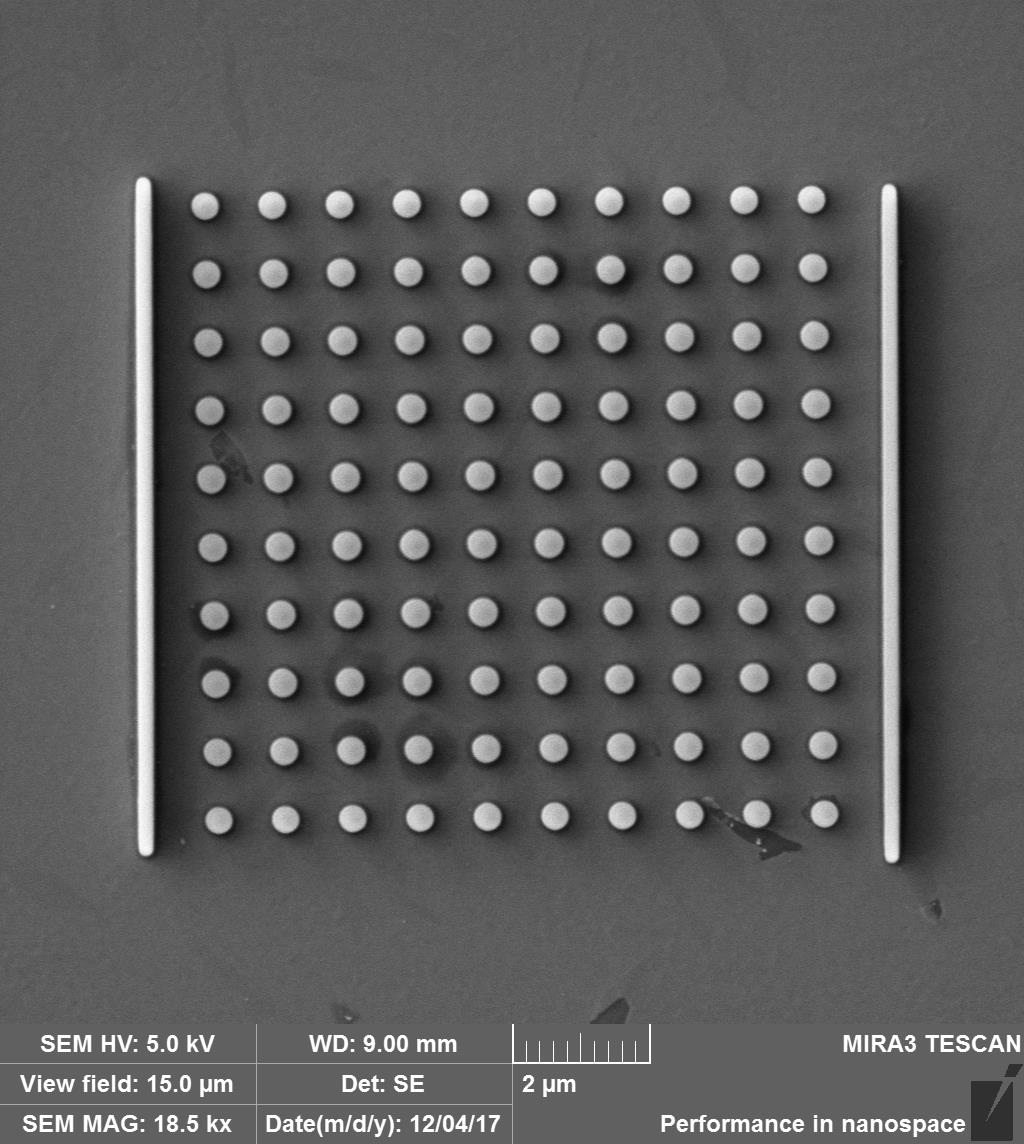
Scanning Electron MicroscopyFor Scanning Electron Microscopy (SEM) are used MIRA 3, TESCAN and LYRA 3, TESCAN at CEITEC BUT 1) Imaging using SEM - technique for high lateral and vertical (with tilt) resolution of surface (nm-size) 2) Electron Beam Lithography (EBL) - technique for preparation of micro or nm-size structures 3) Electron Dispersive X-Ray spectroscopy analyser (EDX) for chemical analysis of surface Special issues combining several techniques are preparation of metamagnetic FeRh nanostructures in arrays or nanopores in SiN thin film accompanied with golden nanomenhirs inside the nanopores (plasmonic antenas) 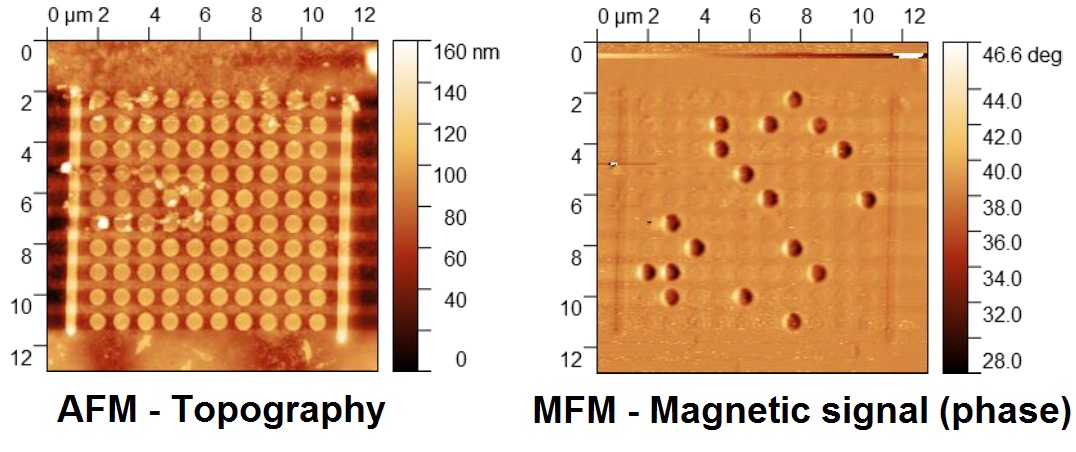
Scanning Probe Microsopy techniquesFor Scanning Probe Microsopy (SPM) is used Bruker Dimension Icon microscope at CEITEC BUT 1) Atomic Force Microscopy (AFM) - technique for high vertical and lateral resolution of surface (nm-size, topography) 2) Magnetic Force Microscopy (MFM) - technique for high vertical and lateral resolution of magnetic contrast (nm-size structures, magnetic signal) 3) The SPM measurements are obtained with variable temperature (study of metamagnetic phase transition in FeRh (nano)structures) Special issue is analysis of supercooling effect in arrays of FeRh nanodisks AcknowledgementsThis research was carried out under the project CEITEC 2020 (LQ1601) with financial support from the Ministry of Education, Youth and Sports of the Czech Republic under the National Sustainability Programme II. This work/Part of the work was carried out with the support of CEITEC Nano Research Infrastructure (ID LM2015041, MEYS CR, 2016–2019), CEITEC Brno University of Technology. This research was done with support of GA CR GA62707000 project. Last updated - 2019, January, 04 |